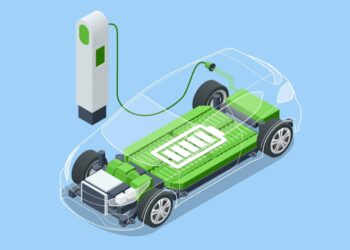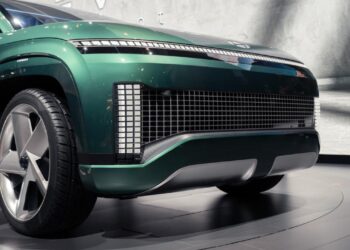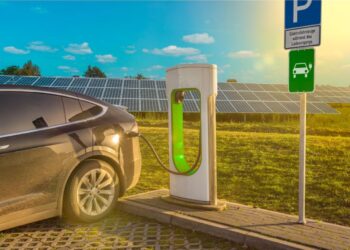The world of two-wheeled transport is experiencing its most significant shift since the invention of the internal combustion engine. For a century, the rumble of a gasoline engine has defined the motorcycle experience, but a new era is dawning, one driven by sustainability, technology, and a new kind of freedom. The electric motorcycle boom is not just a passing trend; it is a profound revolution that is reshaping urban mobility, a new form of personal expression, and a critical step toward a cleaner, quieter future. These aren’t just silent versions of traditional bikes; they are a completely new breed of machine, offering instant torque, minimal maintenance, and a seamless integration into our digital lives.
This comprehensive guide will take a deep dive into the key factors fueling the electric motorcycle boom. We will explore the groundbreaking advancements in battery and motor technology, the new design philosophies that are putting the rider experience at the forefront, the critical role of charging infrastructure, and the new business models that are making electric motorcycles more accessible than ever before. By the end, you will have a clear understanding of why the electric motorcycle is not just an alternative but the future of two-wheeled transport. The journey is being defined by a wave of innovation, and its impact will be felt in every city, on every road, and by every rider who chooses to embrace the ride.
A. The Technology and Performance
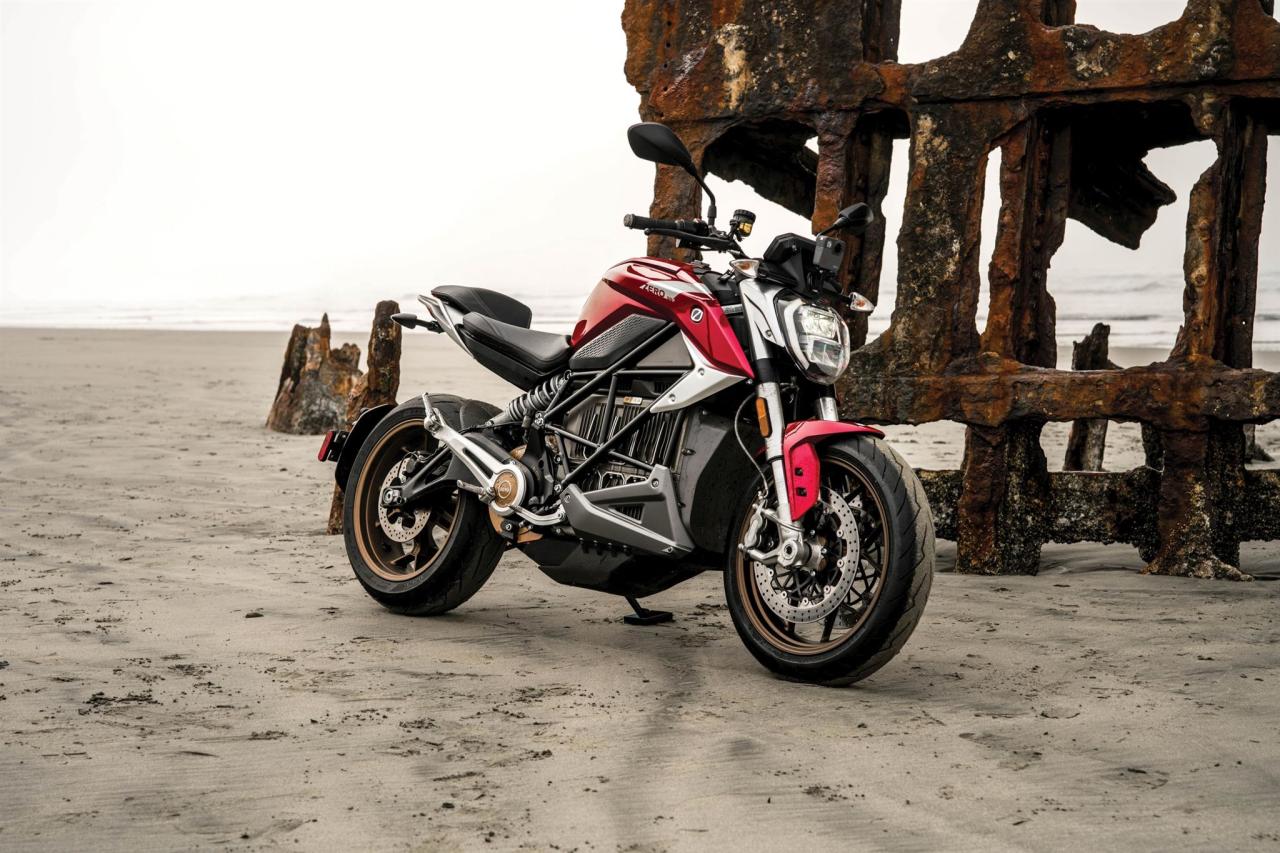
The electric motorcycle boom is powered by technological breakthroughs that have addressed the traditional limitations of electric vehicles: range, charging time, and performance. The modern electric motorcycle is a marvel of engineering, delivering an experience that is, in many ways, superior to its gasoline-powered counterpart.
- A. Battery and Energy Density: The battery is the heart of every electric motorcycle, and its rapid evolution is the single most critical factor in the boom. New battery chemistries and pack designs are significantly increasing energy density, which means a lighter, smaller battery can store more power. This is directly translating to a longer riding range, finally addressing the issue of “range anxiety” that has long plagued electric vehicles. The next generation of solid-state batteries promises to push this even further, offering a much longer range and even faster charging times.
- B. Instant Torque and Power: Unlike a gasoline engine that has a power band, an electric motor delivers its peak torque instantly, from the moment you twist the throttle. This provides a thrilling, immediate acceleration that is both exhilarating and practical, especially for navigating urban traffic. The absence of a clutch and gears makes the ride simple and intuitive, a perfect fit for both new riders and seasoned enthusiasts.
- C. Efficient and Lightweight Motors: The electric motor itself is a marvel of efficiency. It is smaller and lighter than a comparable gasoline engine, allowing designers to create a motorcycle with a much lower center of gravity, which improves handling and stability. The motor also has far fewer moving parts, which leads to a massive reduction in maintenance and a longer lifespan.
- D. Regenerative Braking: Modern electric motorcycles use regenerative braking, a system that captures the kinetic energy from braking and converts it back into electricity to charge the battery. This not only increases the riding range but also reduces wear and tear on the brake pads, further decreasing the need for maintenance.
B. New Design Philosophies and Rider Experience
The electric powertrain has given motorcycle designers a new canvas, one that is free from the constraints of a bulky engine, a complex exhaust system, and a gas tank. This freedom is leading to a new era of design that is sleek, functional, and deeply focused on the rider.
- A. The Aesthetics of Silence: The most striking feature of an electric motorcycle is its silence. This quiet ride is a new form of freedom, allowing a rider to connect more deeply with their surroundings and to travel through an urban environment without contributing to noise pollution. The aesthetics of the motorcycle reflect this new philosophy, with clean lines, minimalist designs, and a focus on form and function.
- B. The Intelligent Ride: Connectivity: The electric motorcycle is a connected device. It can be integrated with your smartphone through a companion app that allows you to monitor the battery status, track your riding history, plan a route with charging points, and even remotely lock and unlock the vehicle. This seamless connectivity makes the ownership experience more convenient and intuitive.
- C. Integrated Screens and Digital Cockpits: The traditional dashboard is being replaced by a sophisticated digital cockpit. High-resolution screens provide the rider with a wealth of information, from battery life and range to GPS navigation and performance metrics. These screens can be customized to show the information that is most important to the rider, creating a truly personalized experience.
- D. The Weight and Balance: The electric motorcycle’s powertrain is located low in the chassis, providing a much lower center of gravity. This makes the bike incredibly balanced and easy to handle, even for a beginner. The absence of a large, heavy engine and gas tank has allowed designers to create a motorcycle that is lighter, more agile, and a joy to ride in any environment.
C. The Infrastructure and Business Models
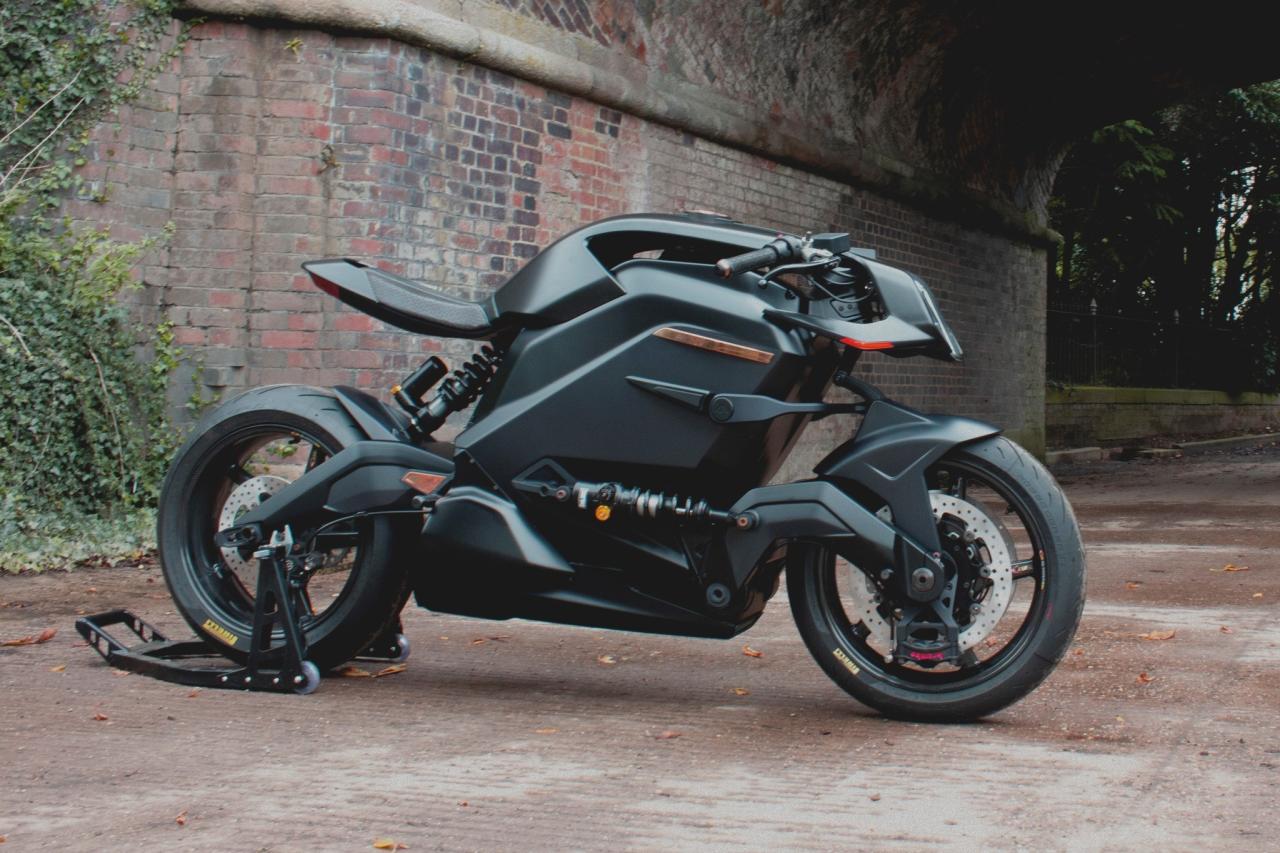
For the electric motorcycle boom to reach its full potential, it must be supported by a robust charging infrastructure and new business models that make the bikes more accessible and affordable.
- A. The Growing Charging Network: While a Level 2 home charger is perfect for most riders, the public charging network is growing rapidly, with a mix of fast-charging stations and standard charging outlets. Companies are investing in building dedicated charging stations for motorcycles, and many existing EV charging stations are also compatible. The future will see an even more widespread network of charging stations, making long-distance travel on an electric motorcycle a reality.
- B. Battery Swapping: To overcome the time it takes to charge an electric motorcycle, companies in Asia and Europe are pioneering battery swapping stations. A rider can pull in, and within a few minutes, their depleted battery is automatically replaced with a fully charged one. This model is ideal for urban environments and commercial fleets, as it eliminates charging time and allows the bikes to stay on the road for longer periods.
- C. The Rise of Subscription and Shared Services: For those who don’t want to own a motorcycle, subscription services are emerging. For a single monthly fee, you get access to a bike, insurance, and maintenance included. This is a hassle-free and flexible way to experience the joy of riding an electric motorcycle. Ride-sharing services are also a key part of the urban mobility ecosystem, allowing people to rent an e-scooter or an electric moped for a short trip.
- D. The Cost-Effectiveness of Ownership: While the initial cost of an electric motorcycle can be higher than a gasoline-powered one, the total cost of ownership is often much lower. The cost of electricity is a fraction of the cost of gasoline, and the maintenance is minimal, with no oil changes, spark plugs, or air filters to replace. This long-term financial benefit is a major selling point for electric motorcycles.
D. Navigating Challenges and Looking Ahead
Despite the incredible momentum, the electric motorcycle boom faces significant challenges that must be overcome for it to become a mainstream global force.
- A. The Cost of the Initial Purchase: The high cost of battery technology still makes the initial purchase price of an electric motorcycle a significant barrier for many consumers. As battery production scales and the cost of materials falls, the price of electric motorcycles will become more competitive with their gasoline counterparts.
- B. Public Perception and the “Rumble”: For many motorcycle enthusiasts, the sound of a gasoline engine is a major part of the experience. The quiet nature of an electric motorcycle can be a hard sell. Manufacturers are working on solutions, from synthetic engine sounds to unique exhaust notes, but this is a challenge that will require a cultural shift.
- C. Regulation and Standardization: The lack of a universal standard for battery swapping and charging is a major roadblock to widespread adoption. Governments and industry leaders must work together to create a common protocol that all electric motorcycles can use.
- D. The Future of Two-Wheeled Transport: The future is not about a single solution but a diverse ecosystem of electric two-wheelers. The electric motorcycle boom is a powerful force for change, but it is just one part of a larger trend toward a more sustainable and efficient form of urban mobility, which includes e-scooters, e-bikes, and electric mopeds.
Conclusion
The electric motorcycle boom is a powerful testament to the fact that innovation is a continuous process. It is a revolution that is redefining what a motorcycle is, what it can do, and what it represents. By embracing the principles of efficiency, sustainability, and connectivity, the electric motorcycle is not just an alternative to a gasoline bike; it is a new and superior form of two-wheeled transport. The instant torque, the minimal maintenance, and the seamless integration into our digital lives are all a part of a new kind of freedom that is as exhilarating as it is responsible.
While the challenges of cost and infrastructure are significant, the global momentum is undeniable. Governments are investing in charging networks, and companies are innovating at a breakneck pace. The future of the motorcycle is not about the rumble of a gasoline engine but about the silent, powerful roar of a revolution. It’s a revolution that is creating a cleaner, quieter, and more efficient urban landscape. The most successful brands in this new era will be those that understand that the motorcycle is not just a mode of transport but a powerful form of personal expression, and that the ultimate freedom is not about being loud but about being truly connected to the world around you. The electric motorcycle is not just a new bike; it is a new way of riding, a new way of living, and a new way of embracing the future. The time to ride the wave is now.


